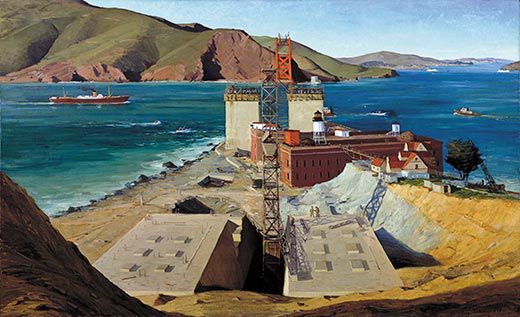What is the point of creating art in the first place? Is it really worth anything? Does it add to your life? Does it add to society as a whole? Why make it part of any curriculum? Whenever grown ups fear that children aren’t learning enough, the arts are the first subjects to get defunded or cut out altogether. In many elementary schools math, reading, and writing are covered extensively every single day; P.E., social studies, and science almost every day. Art and music – two completely different subjects – alternate every other week. (Don’t even get me started on recess being a paltry 20 minutes in some school districts.) Sports are overemphasized and easily funded. The arts struggle to offer parity in opportunities for students who’ve already awakened a passion for a subject that’s just not as popular as sports.
There have even been countless studies and papers documenting the importance of teaching the arts [1] in order to develop more well-rounded, inquisitive, innovative students who in turn – we hope – become mentally healthy, passionate, intellectually curious, and empathetic adults who contribute to their communities. So why do we continue to devalue the impact of art?
For one thing, change comes slowly, and for another, people fear change. Our nation, for several decades, has gradually drifted away from even considering the arts as a necessary component of cultural identity. The last time the arts were viewed as an integral part of our national identity was in the 1930s when President Franklin D. Roosevelt created the Works Progress Administration (WPA) [2] as part of the New Deal. Even at the time, as citizens struggled against the starvation and homelessness wrought by the Great Depression, this daring and revolutionary program was viewed by many as controversial – a waste of money, dangerously propagandist, etc. However, there is no doubt this program helped Americans begin to appreciate the wealth of talent and vision that had before been completely unknown. Francis O’Connor, author of the book Federal Suppport for the Visual Arts wrote that “at the time it was a revelation to many people in America that the country even had artists in it.”

The painting above, entitled “Golden Gate Bridge”, captures the construction of the now iconic bridge in its early stages. Ray Strong evokes optimism and national pride in being able to undertake such a monumental construction project at a time of such desperate upheaval. Both this painting and the bridge it depicts were the result of President Roosevelt’s efforts to give Americans meaningful work and a shared goal as he sought to end the Great Depression. In fact, the president admired this painting so much he hung it in the White House.
As you look at this painting, do you think this is a case of the artist being inspired by the scene, or was the artist’s goal to inspire everyday Americans during the Great Depression? I personally believe it was a bit of both. Art shapes our world, but is equally shaped by it. I often tell my art students that art is what makes change palatable. Artists are revolutionists because we bring to the forefront that which people would otherwise like to ignore. The more we do so, the less shocking or controversial a subject becomes. Ray Strong’s landscape, bathed in golden sunlight, gives the viewer a sense of hope in the future. We are literally looking at a bridge being built, and cannot help but think that once we complete it, once we can travel to that opposite shore, there’s going to be something better waiting for us. Golden Gate Bridge is a beautiful painting, a historical narrative, and a bit of advertising in favor of the New Deal – all rolled into one. I can’t blame the artist for choosing to paint a flattering image about the program that gave him gainful employment, can you?
Art is a visual language that uses line and color to draw emotions from us the same way music uses different notes, and the same way many of us use the written or spoken word every day. It can light a path toward hope, console us in moments of despair or loneliness; it can make us laugh, and it can make us question our very existence – all without a word, often in complete silence. And especially in this constantly connected, 24/7, rat race, hamster wheel, 21st century world, art gives us a respite and a moment to pause. We can gaze into a painting and get lost in the artist’s masterful brushwork. We can find a bit of ourselves in this painting or that one – we briefly disconnect from everything else around us. And conversely, being able to disconnect enables us to forge stronger connections to those around us.
Art may not teach you how to balance your checkbook like math, and it may not teach you how to fill out a job application like reading and writing, but it is necessary. Art is what makes us human; it is what connects us to our humanity and to one another. Math, reading, writing, and science may be the necessary building blocks for a civilization, but art is what makes that civilization last.